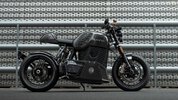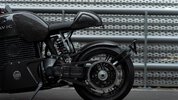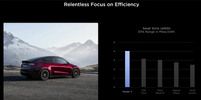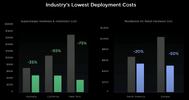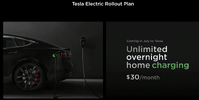JohnDe
La dolce vita
- Joined
- 11 March 2020
- Posts
- 4,595
- Reactions
- 6,776
There is a sun shade from Tesla that slots into that roof nicely for those of us who like to be sun smart, the last road trip we did Mrs VC went a step further and put a pillow case in-between the sun shade and the glass for added protection.
View attachment 153748
Thought about the sunshade but my wife and I haven't had an issue with sun from the glass roof, and we've been in the outback with over 40C temp.



